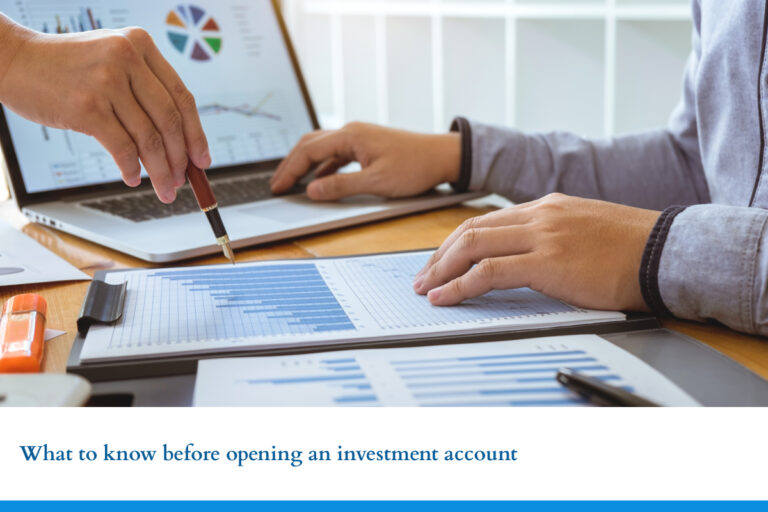Running Your Own Business
Small business owners know that once you’ve actually taken the plunge and started your own business, the hard work has just begun. Not unreasonably, business owners want to put their time and energy into growing the business, and not into meeting the seemingly endless administrative and tax paperwork burden imposed by various levels of government bureaucracy.
Many owner-managers are happy to delegate the day-to-day responsibility for such distractions to their bookkeeper, accountant or lawyer, and there’s nothing wrong with that strategy.
Do I need a business number?
In a word, yes. The business number (BN) is the catch-all 9-digit identifier by which the federal government knows your business. There are actually two parts to the BN: the nine digit number which identifies your business and is used for all your accounts, followed by a two letter and four digit code which identifies a particular account belonging to your business. As you’ll use your BN in virtually all your dealings with the federal government – for goods and services tax, payroll remittances and import/export – it’s quite possible for a business to have several different accounts under the same 9-digit BN. The Canada Revenue Agency (CRA) makes it relatively easy to get a BN – there are procedures in place which allow you to set up the BN with a phone call, in person, by mail or by fax. You can also register on-line at www.businessregistration.gc.ca. The CRA also publishes a guide called The Business Number and Your Canada Revenue Agency Accounts (RC2). Like almost all CRA publications, it’s available on their web site at http://www.cra-arc.gc.ca/menu-e.html.
What are the income tax deadlines?
The first thing to know about the taxation of your business is that, in most cases, your business year-end will be December 31, and the fiscal year of the business will therefore correspond to the calendar year.
As a self-employed taxpayer, you and your spouse do get to file your annual tax returns a little later than most Canadians. The filing deadline for selfemployed taxpayers (and their spouses) is June 15 of the following year. If June 15 falls on a weekend, the filing deadline is the next business day (i.e., the tax filing deadline for the 2013 tax year for self-employed taxpayers will fall on June 16, 2014). However, there’s a catch; the extension to June 15 is for filing purposes only – any final balance of taxes owed on filing is still due by April 30 – and a tax balance unpaid as of that date will begin to accumulate interest charges immediately. As a practical matter, it is usually necessary to complete your return in order to determine whether you owe any final balance, so in most cases, your return will in any case be ready for filing by April 30.
When you do file your return, it will in most respects look like the same return you filed before you became a business owner. The major difference is that you will now be required to prepare and file Form T2124, Statement of Business Activities. As the name implies, this is the form on which you report all of the income and claim all of the deductions available to your business. The amount of “net income” on line 9946 of Form T2124 is then carried over to line 137 of your personal return. Here, it is combined with income you may have received from any other source (i.e., investment income, employment income from a part time job, etc.,) in the calculation of your income, and ultimately, your tax liability.
If you worked as an employee prior to starting your business, or if you continue to hold down a part-time job while your business gets off the ground, you will be accustomed to having your employer withhold tax at source from your earnings and remit it to the CRA on your behalf. Of course, no one is withholding or remitting any income tax payable on your business income, and the tax authorities are not prepared to wait until April 30 of the following year for any tax you might owe for a particular year. What that means is that you will likely be making instalment payments of tax four times a year: on March 15, June 15, September 15 and December 15. The CRA will advise you if you are obliged to pay tax by instalments, and will provide you with an amount.
When you receive such an instalment notice, you have a few options. While the CRA will have specified an amount on the notice, you are not obliged to pay the amount specified. You can pay any amount you choose, or none at all. If you pay the amount calculated by the CRA, by each of the four instalment due dates, then even if the total of those instalments turns out to be less than your actual tax payable for the year, you won’t be charged interest or penalty on any shortfall. If you think that the tax instalment amounts calculated by the CRA are more than your actual tax liability for the year will be, you can reduce the amount of your instalments. If there is a deficiency in the instalment amounts that you paid, you will be charged instalment interest. It’s also worth noting that interest on late or deficient instalments is charged by the CRA at a rate at least as high as current commercial rates, and such interest charges are compounded daily.
Do I need to file a GST return?
Businesses whose total sales are less than $30,000 per year, or in any single calendar quarter, generally do not have to register for GST purposes, while those with annual sales in excess of that amount are required to. Therefore, unless you are the owner of a very small business, you will need to deal with the collection and remittance of goods and services tax, and, unlikely as it sounds, you may want to. Whether you are a GST registrant or not, you have to pay GST on goods and services that you purchase for your business. However, only those businesses which have registered for GST may claim the input tax credits which allow them to recover some of the GST which they have paid.
GST returns filing
Once you’ve become a GST registrant, you will be required to file a GST return and you may be required to make instalment payments of GST and to file a GST return. The frequency with which you must file your returns depends on the amount of “annual taxable supplies” attributable to your business.
If your reporting period is monthly or quarterly, you have to file your GST return (and remit any amount owing) within one month after the end of your reporting period. Hence, a business owner having a calendar year fiscal year who reports quarterly would be required to file a GST return and remit GST owing on April 30 (for the January 1–March 31 period), on July 31 (for the April 1–June 30 period), October 31 (for the July 1–September 30 period) and January 31 (for the October 1–December 31 period). If your reporting period is annual, then in most cases you must file your GST return within three months after your year-end and pay any final GST balance owing by that date.
However, owners of unincorporated businesses which have a calendar year fiscal year and whose reporting period is annual, have until June 15 to file their return. Notwithstanding, as is the case with income tax, any final balance owing is due April 30 and interest charges will start to accrue on any amounts unpaid as of that date.
GST instalments
GST registrants who are annual filers and whose net tax in a year is $3,000 or more are required to make instalment payments of tax the following year. Like income tax instalments, GST instalments are paid quarterly, but the due dates are different. GST instalments are due by the end of the month following the last day of a fiscal quarter. So, a business owner whose business has a December 31 year-end, will have to make instalment payments on April 30, July 31, October 31 and January 31.
The articles posted here provide information of a general nature. These articles should not be considered specific advice; as each vistor’s personal financial situation is unique and fact specific. Please contact a professional advisor prior to implementing or acting upon any of the information contained in these articles.
Content provided by CCH Wolters Kluwer





